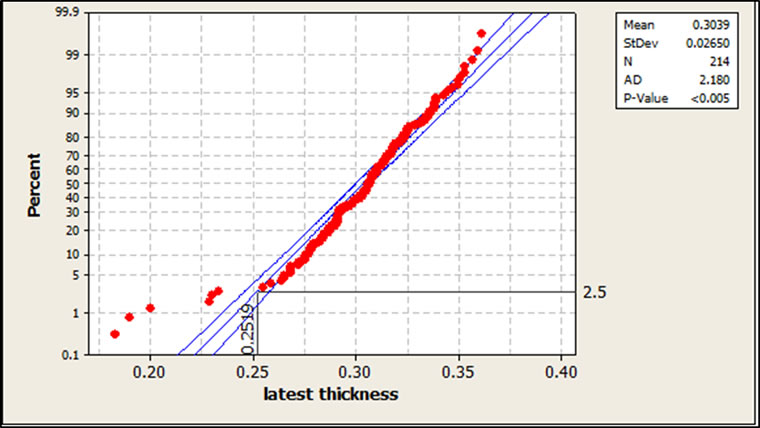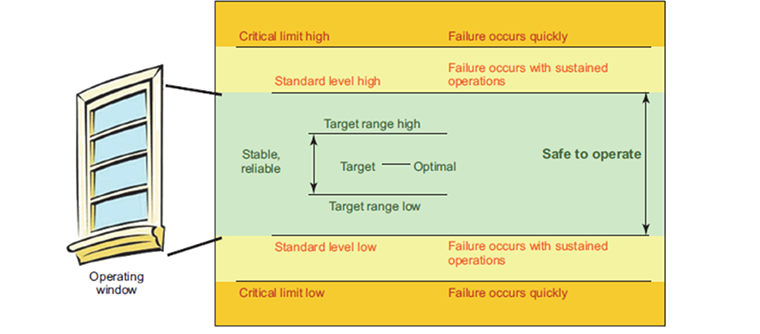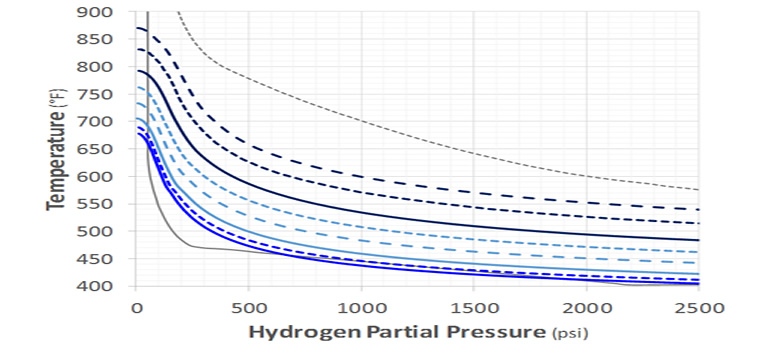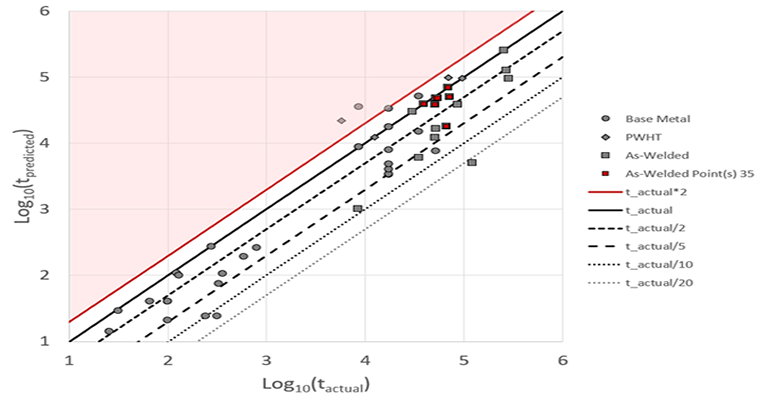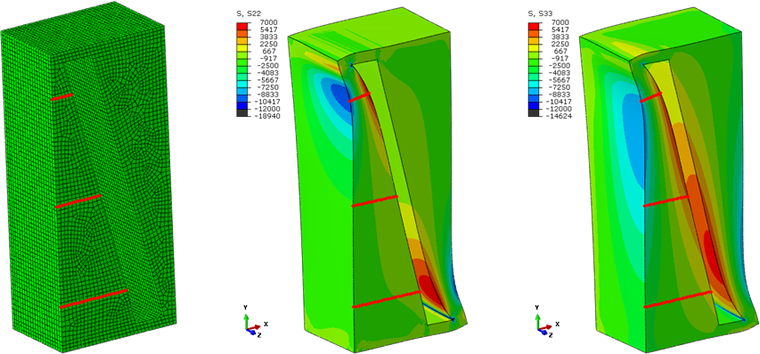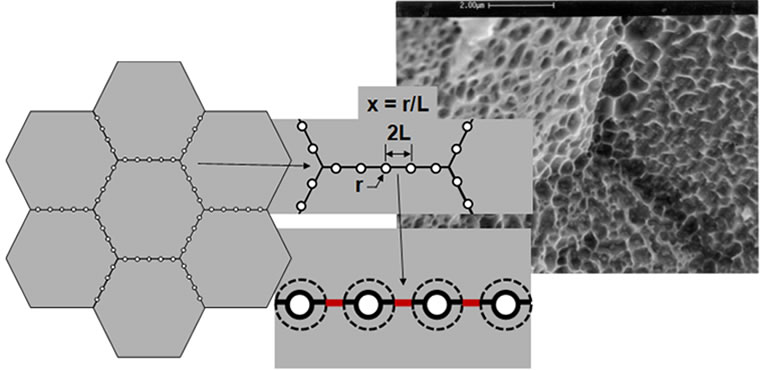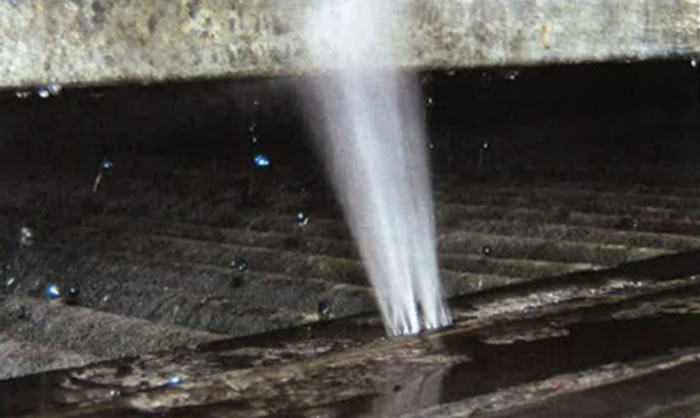Becht Experts Participate In Q&A In Recent Issue Of Digital Refining
Participants: Gerrit Buchheim, Mel Larson, Fred Lea, and Robert Ohmes To review the Q&A article in Digital Refining, please click HERE We didn’t expect severe corrosion issues in the carbon steel of our amine unit. What’s causing it? – Gerrit Buchheim Severe corrosion in amine units is not rare and should be expected. Depending […]


